#mitsubishi pajero
Text

Scraps - axesent.com
Andrew Cowan Pajero - Dakar 1984
https://www.facebook.com/axesentcreations/
https://www.facebook.com/Okamiworks/
#mitsubishi pajero#montero#shogun#mitsubishi#axesent#kansei gazou#okami works#dakar rally#ralliart#nikon#sonauto#france#japan#jdm#4x4#offroad#illustration#car art#80s#retro japan
244 notes
·
View notes
Text





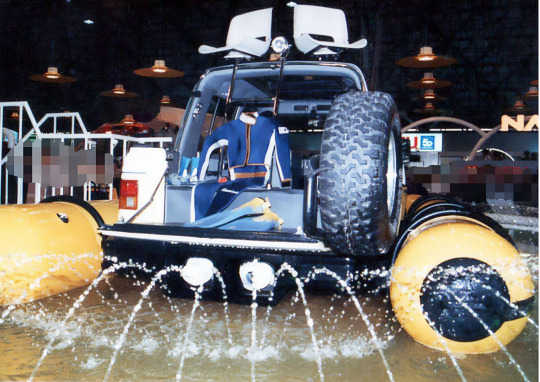
Mitsubishi Pajero Fuori Strada II, 1987. An amphibious version of the first generation Pajero with an open rear deck that was presented at the 27th Tokyo Motor Show. The "off road" Pajero featured seats attached to the roof for fishing or just a better veiw
#Mitsubishi#Mitsubishi Pajero#Mitsubishi Pajero Fuori Strada#amphibious#1987#Tokyo Motor Show#27th Tokyo Motor Show#concept#design study#prototype#first generation
215 notes
·
View notes
Text

Mitsubishi Pajero, Julio 2023
#snapshot#miniature#miniature photography#toys#toy photography#toy cars#scale car#car#diecast#die cast#hot wheels#mitsubishi#mitsubishi pajero#4x4#offroad#beach#summer#sand#landscape#sunset#cadiz#spain#iphonephotography#iphone
51 notes
·
View notes
Text
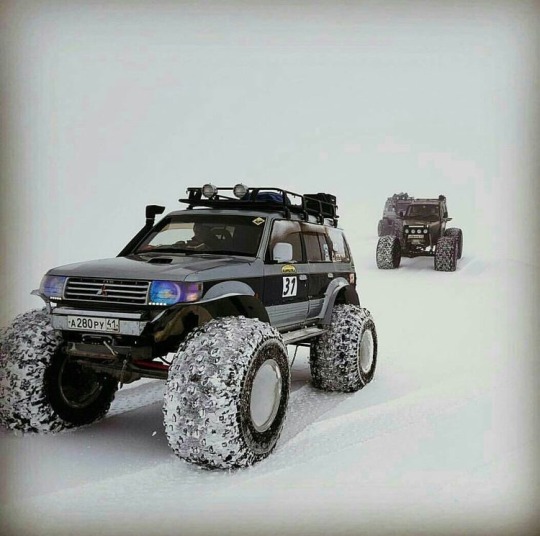
Mitsubishi Pajero
#Mitsubishi Pajero#modified#stance#tuning#retro rides#tuner#slammed#street#imports#lowered#jdm#suv#offroad#lifted#snow#fitment
177 notes
·
View notes
Text
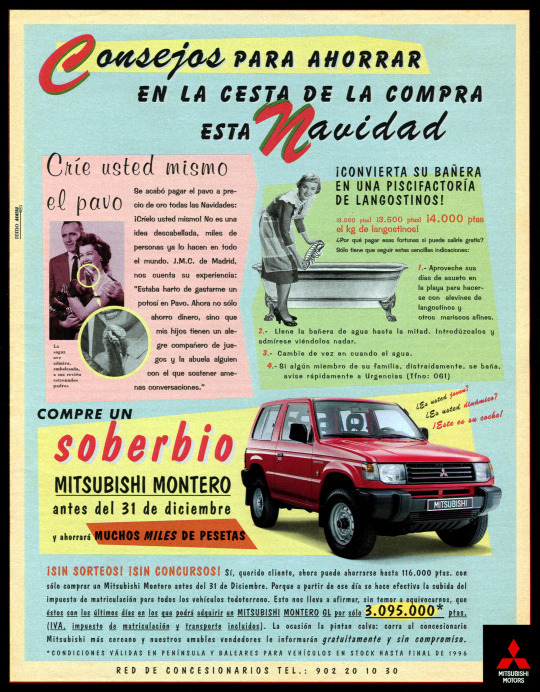
1996 Mitsubishi Montero (Pajero) advertisement
22 notes
·
View notes
Text
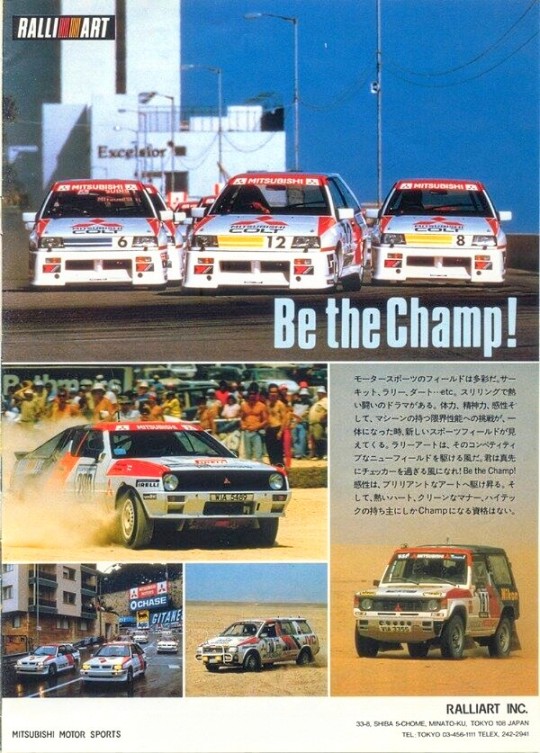
RALLIART
Be the Champ!
The fields of motor sports are diverse. Circuit, rally, dirt, etc. There is a drama of thrilling and hot battles. When physical strength, mental power, sensibility, and the challenge to the limit performance of the machine come together, a new sports field will appear. Ralliart runs its competition in many fields. Be the wind that passes the checkers! Be the Champ! And only those with a hot heart, clean manners, and high tech are eligible to become champions.
MITSUBISHI MOTOR SPORTS
RALLIART INC. 33-5 SHBA SCHOME, MINATO KU, TOKYO 108 JAPAN TEL: TOKYO 03-456-mm TELEX, 242-2041
#Ralliart#Ralliart Pajero#Paris Dakar Pajero#Paris Dakar#AWD Starion#Mitsubishi#Mitsubishi Starion#Mitsubishi Pajero#Mitsubishi Colt#Ralliart Colt#Mitsubishi Nimbus#Ralliart Nimbus#Mitsubishi Chariot#Ralliart Chariot
19 notes
·
View notes
Text
10 Highlights from (or soon to be on) Cars & Bids, shot by yours truly:



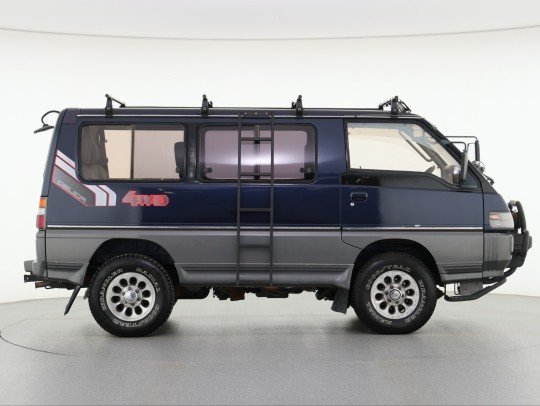
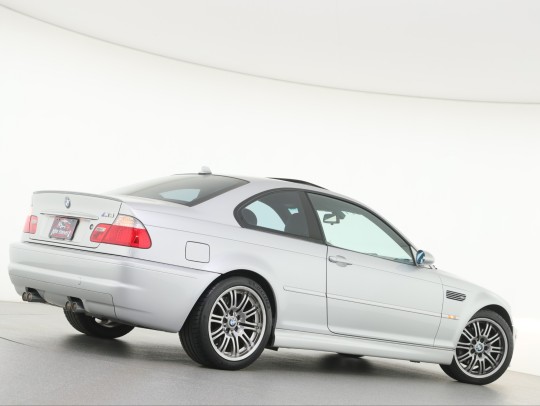



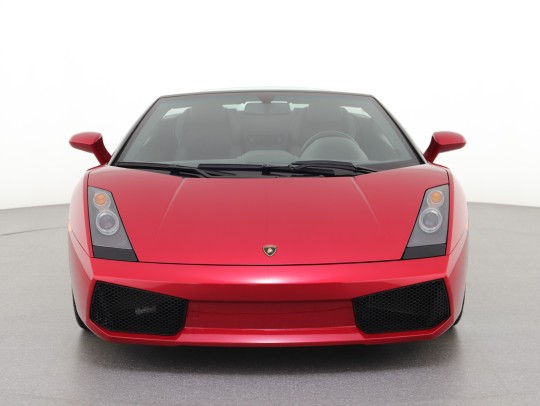
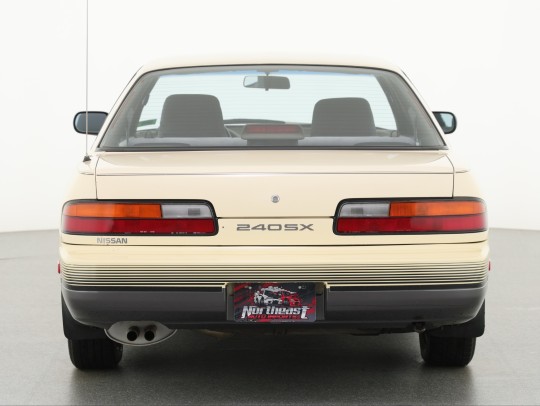
Source: Me, shot at the Modern Auto Photo Booth for Northeast Auto Imports and Cars & Bids.
#cars#cars of japan#car photography#cars and bids#doug demuro#jdm#japanese import#toyota century#mitsubishi lancer evo#ferrari 456#mitsubishi delica#bmw m3#subaru wrx#mitsubishi pajero#nissan silvia#lamborghini gallardo#nissan 240sx
22 notes
·
View notes
Text
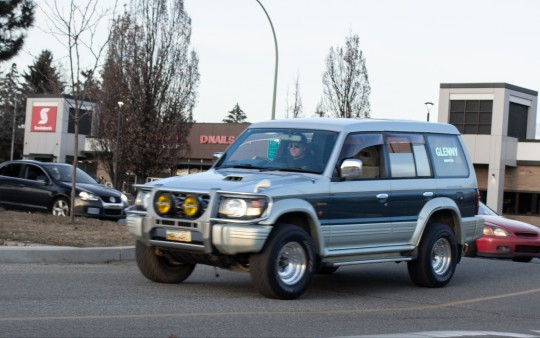
#car meet#car show#modified#import tuner#tuner#jdm#import#mitsubishi#pajero#mitsubishi pajero#4x4#suv#jdm 4x4#jdm suv#two tone#4 wheel drive#four wheel drive#motortrend#superstreet#streethunters#japanese#lifted#lifted suv#ok whips#car porn#mitsubishi motors#4x4 suv#modified suv#truck#modified truck
3 notes
·
View notes
Text


13 notes
·
View notes
Photo
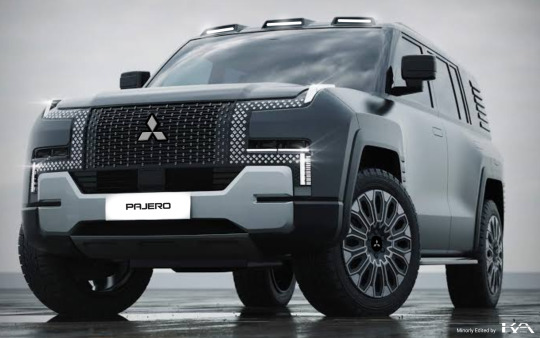

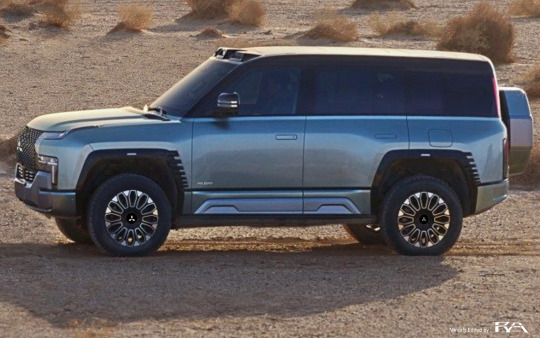
next gen 2025 Mitsubishi Pajero based from Yangwang u8
2 notes
·
View notes
Text
The Mitsubishi Pajero Evolutionary Timeline
Surely, the Mitsubishi Pajero is one of the most iconic SUVs ever made.

Call it a Shogun, a Raider, a Montero, or a Pajero, this is still a one-of-a-kind beast that once conquered the Dakar Rally like no other. Released back in 1983 with a Land Cruiser- Nissan Patrol motif, the first concept debuted at the Tokyo Auto Show back in 1973 - a Jeep wannabe concept with no doors, no roof but a utilitarian spirit to haul people up the hills.
The first concept didn’t go anywhere, as by that time Land Cruisers and Jeeps were the main themes when it came to off-road SUVs. Mitsubishi never stopped thriving with their dream Pajero and debuted the car in 1979 with a revised concept that was very similar to the Suzuki Samurai, and people loved it.
The first generation Pajero hit the market in 1983, and it was offered in so many engines and body options that there was a Pajero for anyone. After going in and out into adding more and more amenities to match Land Rovers and Toyota Land Cruisers, Mitsubishi has sadly discontinued the Pajero after a 39-year run and more than 3.3 million sales globally. This legendary off-road monster struggled to keep up with the modern demand. Today, we will take a closer look at its evolution over time and give you a final recap of this much- SUV.
First-Gen Pajero: 1983-1991
The first-generation Pajero debuted in 1983. The Pajero was aiming to target a larger consumer market, advertising the Pajero as the ultimate vehicle everyone needed. Interestingly enough, they proved themselves worthy by putting the first-gen Pajero on the Paris To Dakar Rally on stock internals - ending up 11th out of 385 contenders. It was a great success. As opposed to similar SUVs of the time, Mitsubishi was the first to introduce the Pajero with three roof configurations: standard, semi-high, and high-roof.
Five-door models became more popular to appeal to families. The first-gen Pajero could now offer a variety of configurations to either provide comfortable seating for 7, or generous storage areas. A three-door cloth-top version was also available with the first-generation Pajero. Engine options featured an array of turbo diesels or gas-powered V6s and inline-4s. The V6 is the most desirable engine for the first gen. The first-gen models could either be equipped with a five-speed manual or a four-speed automatic transmission.
Part-time four-wheel-drive, coil spring instead of conventional leaf springs, and adjustable suspension were some of the off-road features that took the Pajero ahead of the competition. After 8 years of production, it was time for Pajero to add more amenities, introducing the second generation in 1992.
Second Gen Pajero: 1992-1999
The second-gen Mitsubishi Pajero was released in 1992. Mitsubishi kept offering the Pajero in a three or four-door body style while handling buyers the choice of picking between a wide array of engine options - inline-fours, V6, and turbo diesels. Offered in a dual-tone colour scheme gave the Pajero better styling - a refreshed front fascia and a list of added amenities made the Pajero a much more desirable daily driver while retaining all the off-road spirit.
The biggest jump from the first-gen model was the upgrade to Super Select transmission. This gave drivers the choice of picking between rear-wheel drive or all-wheel-drive. The second-gen Pajero came with three differentials and a standard centre differential lock. All Pajero models came standard with a two-speed transfer case.
Four engine configurations were available for the second-generation Pajero. Diesel engines came in 2.8 and 2.5-litres. The 2.8TD engine made 125 Hp and 215 lb-ft of torque, while the smaller 2.5TD made 99 ponies and 177 lb-ft of torque.
Gas engines came in 3.0 or 3.5-litre V6 units. The latter produces 208 Hp and 221 lb-ft of torque, followed by the smaller 3.0-liter producing 150 Hp and 174 lb-ft of torque. A five-speed manual or 4-speed auto was available for the second generation. The 3.5-litre V6 was the fastest Pajero of the second generation, which did 0-60 mph in 10.5 seconds and reached a top speed of 114.9 mph.
Third-Generation Pajero: 2000-2006
By the year 2000, the earth had entered a new millennium and a very great focus was put on comfort, as people weren’t really taking their Pajeros/Monteros off the pavement. This was a big time for Mitsubishi as the third-gen underwent the biggest update so far into its production history. The ultimate SUV was now no longer built as a body-on-frame, but it went with unibody construction and independent suspensions in all four corners. The update promised an increased torsional rigidity and drastically improved cabin strength. At the time, Mitsubishi was chasing after the Land Rover Defender, Toyota Land Cruiser, and the rise of the Lexus LX.
Bigger and thicker was the name of the game back in 2000 as the Pajero was also buffed in interior size to accommodate more. Engine options were a 3.2-litre diesel producing 165 Hp and 275 lb-ft of torque or a 3.5-litre V6 gas engine producing 202 Hp and 235 lb-ft of torque.
This was up until Mitsubishi updated the third-gen model to a facelifted version in 2003. More opulent tech and revised engines with boosted power came in.
Pajero Sport: 2004-2008
Between 2004 and 2008 Mitsubishi happened to offer the Pajero as an “off-road pickup truck” that was more popular on the European market. This model looked like a station wagon, and it was based on the Mitsubishi L200, but it looked very different and more rugged from the latter. This was offered only as a 5-seater, but with a decent-sized bed. Mitsubishi switched from cloth-top two-door SUVs to strangely shaped pickup trucks.
These models were powered by a 2.5 TurboDiesel producing 115 Hp or a 3.0-litre V6 producing 170 Hp. The diesel ran up to 93mph, while the more powerful V6 gas engine ran to 109 mph max speed. This is a step-down from the usual SUV Pajero, and it was soon discontinued in 2008.
Four-Generation: 2006-2019
Mitsubishi gained back traction with its fourth generation, which has a reputation for reliability. The latter went back to body-on-frame construction and dropped the production of strangely shaped pickups to focus on what they did best with their first and second-gen models. A three-slot chromed grille was added, as were larger, taller headlights. It was available in three and five-door configurations. The former was only available with 5 seats, while the latter had 7 seats. The fourth-gen model was the only 4x4 vehicle in the world with a 4x4 on-demand system that could be driven as an all-wheel-drive vehicle thanks to its three differentials. The transmission was also upgraded to the Aisin-Warner A750F - also found in heavy-duty Toyota models of the time.
The fourth generation received a touch of new tech, as well as updated and more powerful engines. The new 3.8-litre V6 engine produced 244 hp and 243 lb-ft of torque. The 3.2-litre turbo diesel engine generated 197 Hp and 325 lb-ft of torque. This however was the very last generation for Mitsubishi, although many facelifts with updated interior and engine configurations came along. The exterior remained the same, and Mitsubishi struggled to get into the new SUV audience.
A final edition variant was put out on sale for only 1000 total Pajeros, ending a four-decade-long race of the Dakar Rally.
If you are on the hunt today to get yourself a Mitsubishi Pajero, we would recommend finding a first-gen model with a V6 and a cloth top. This could be the perfect project off-roader, although you might find newer models more opulent.
Fun Fact: The Mitsubishi Pajero holds the world record for winning the Paris-Dakar Rallye-raid, 12 times.
.
.
.
Sourced from https://www.hotcars.com/
2 notes
·
View notes
Text
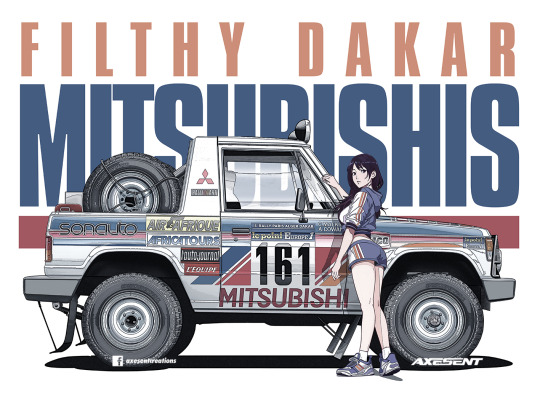
Cowan /Malkin 1983 Dakar rally Pajero
#dakar rally#dakar mitsubishi#mitsubishi pajero#mitsubishi montero#rally#ralliart#axesent#okami#kanseigazou#andrew cowan#1983
122 notes
·
View notes
Text

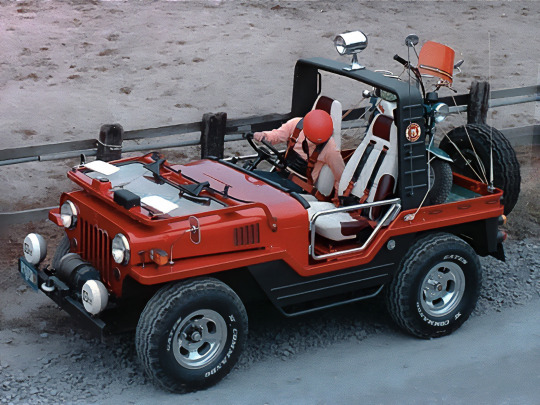

50 years on: Mitsubishi Pajero Concept, 1973. Presented 50 years ago at the 20th Tokyo Motor Show in October 1973. Mitsubishi had a license to produce the Willys Jeep in Japan, thus the first Pajero concept was heavily based on the Jeep CJ
#Mitsubishi#50 years ago#Mitsubishi Pajero#Mitsubishi Pajero Concept#1973#50th anniversary#20th Tokyo Motor Show#Jeep#Jeep CJ#concept#design study
162 notes
·
View notes
Text
Sewa Mobil Bulanan di Tuban | Sewa Mobil Tuban
Sewa Mobil Bulanan di Tuban | Sewa Mobil Tuban
PutraWijayaTours.com merupakan perusahaan resmi dan Ber-PPN penyedia jasa rental atau SEWA MOBIL BULANAN DI TUBAN. Kami melayanani rent car plus Driver atau rental mobil bulanan mulai dari Avanza, Xenia, Innova Reborn, Alphard, Pajero, Fortuner, Hiace, Elf Long hingga Agen Sewa Bus Pariwisata di Tuban dengan harga murah terjangkau. Tersedia berbagai macam pilihan mobil yang variatif sehingga Anda…

View On WordPress
#BLOG#CAR#DAIHATSU#DAIHATSU ALL NEW LUXIO#DAIHATSU GRAND NEW XENIA#DAIHATSU LUXIO#DAIHATSU XENIA#Elf | Isuzu Hino Elf Long 17 - 19 Kursi#HARGA RENTAL MOBIL TUBAN#HARGA SEWA BUS JAWA TIMUR#HARGA SEWA MOBIL TUBAN#Isuzu#ISUZU ELF#ISUZU ELF LONG#ISUZU ELF LONG COASTER#ISUZU ELF LONG JUMBO#ISUZU GIGA ELF#JAWA TIMUR#Mitsubishi#MITSUBISHI PAJERO#MITSUBISHI PAJERO DAKAR#MITSUBISHI PAJERO SPORT#MITSUBISHI XPANDER#MOBIL#MOBIL AVANZA#MOBIL HIACE#MOBIL INNOVA#MOBIL INNOVA REBORN#MOBIL XENIA#PUTRA WIJAYA RENTAL CAR
1 note
·
View note
Text

Mitsubishi Pajero
#Mitsubishi Pajero#modified#stance#tuning#retro rides#tuner#slammed#street#imports#lowered#jdm#fitment#lifted#offroad#suv#rock climbing
90 notes
·
View notes
Link
What are the best Mitsubishi Pajero wheel spacers sizes? Can I use Pajero wheel spacers off-road? Do Mitsubishi 6x5.5” spacers brand matter? Here we take this Mitsubishi Pajero V93 as an example. For this SUV, front 1& rear 30mm is the best size option to achieve a perfect flush
0 notes